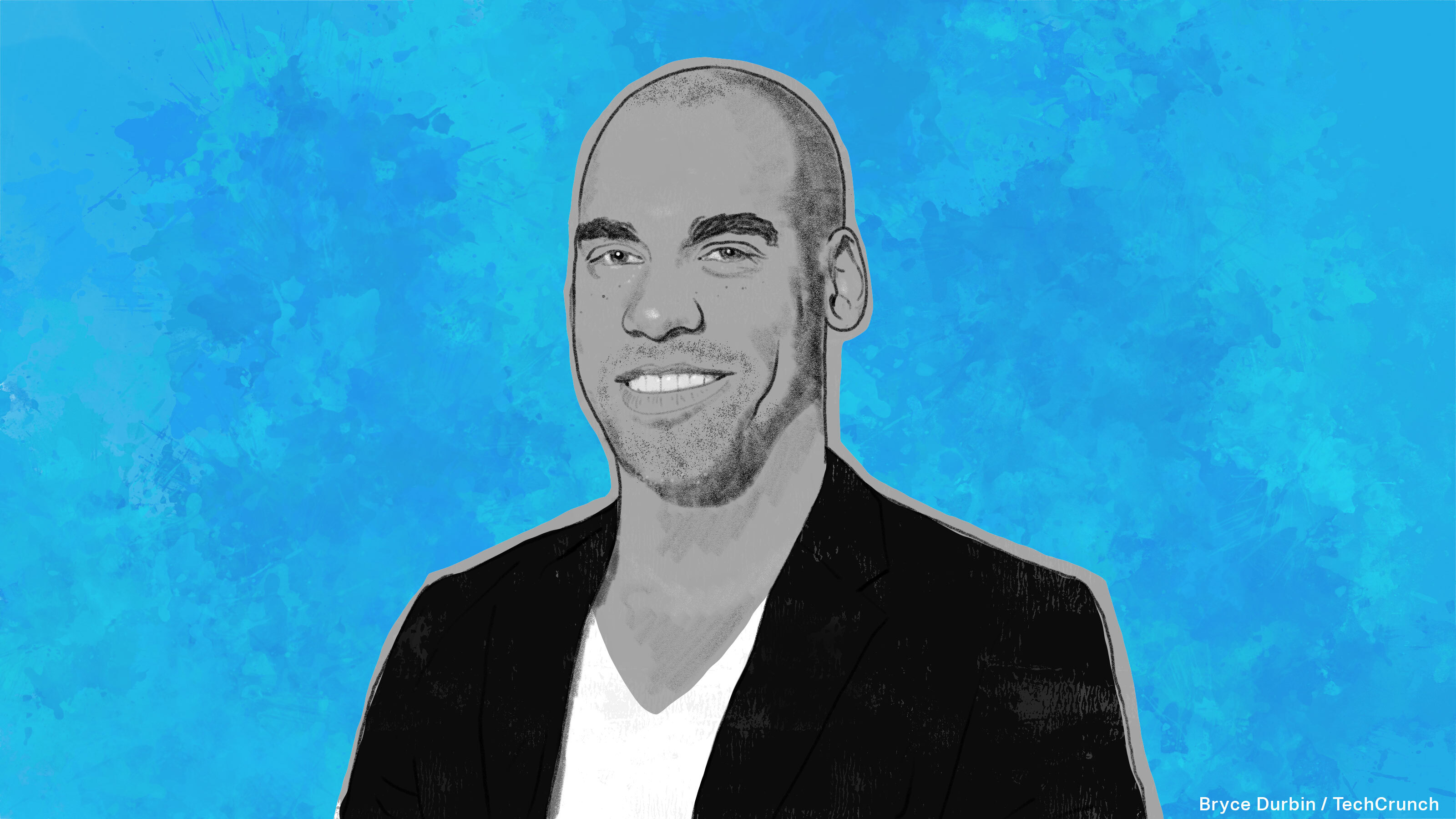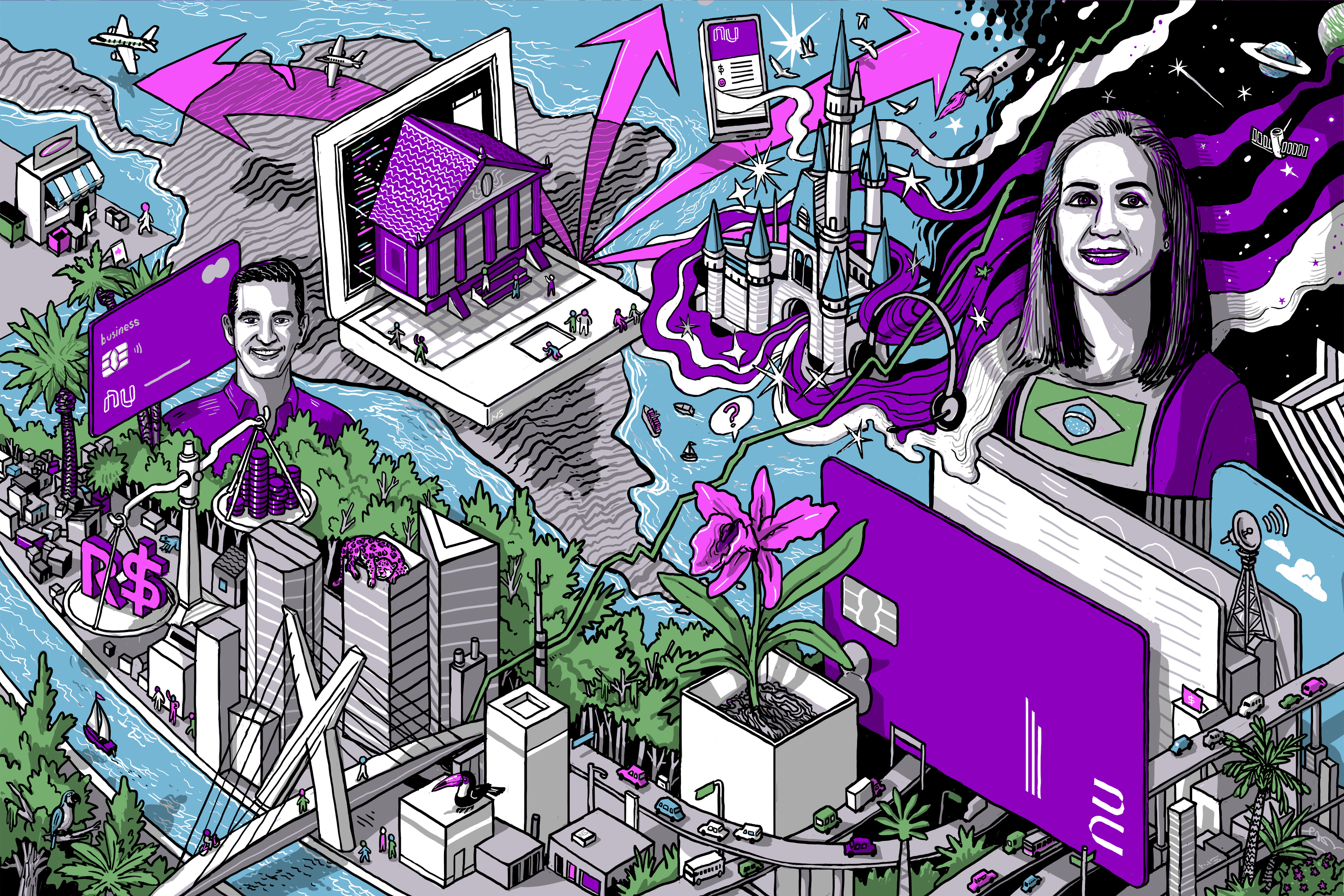With the right message, even a small startup can connect with established and emerging stars on TikTok, Instagram and YouTube who will promote your products and services — as long as your marketing team understands the influencer marketplace.
Creators have a wide variety of brands and revenue channels to choose from, but marketers who understand how to court these influencers can make inroads no matter the size of their budget. Although brand partnerships are still the top source of revenue for creators, many are starting to diversify.
If you’re in charge of marketing at an early-stage startup, this post explains how to connect with an influencer who authentically resonates with your brand and covers the basics of setting up a revenue-share structure that works for everyone.
Full Extra Crunch articles are only available to members
Use discount code ECFriday to save 20% off a one- or two-year subscription
Our upcoming TC Early Stage event is devoted to marketing and fundraising, so expect to see more articles than usual about growth marketing in the near future.
We also ran a post this week with tips for making the first marketing hire, and Managing Editor Eric Eldon spoke to growth leader Susan Su to get her thoughts about building remote marketing teams.
We’re off today to celebrate the Juneteenth holiday in the United States. I hope you have a safe and relaxing weekend.
Walter Thompson
Senior Editor, TechCrunch
@yourprotagonist
As the economy reopens, startups are uniquely positioned to recruit talent
The pandemic forced a reckoning about the way we work — and whether we want to keep working in the same way, with the same people, for the same company — and many are looking for something different on the other side.
Art Zeile, the CEO of DHI Group, notes this means it’s a great time for startups to recruit talent.
“While all startups are certainly not focused on being disruptive, they often rely on cutting-edge technology and processes to give their customers something truly new,” Zeile writes. “Many are trying to change the pattern in their particular industry. So, by definition, they generally have a really interesting mission or purpose that may be more appealing to tech professionals.”
Here are four considerations for high-growth company founders building their post-pandemic team.
Refraction AI’s Matthew Johnson-Roberson on finding the middle path to robotic delivery

Image Credits: Bryce Durbin
“Refraction AI calls itself the Goldilocks of robotic delivery,” Rebecca Bellan writes. “The Ann Arbor-based company … was founded by two University of Michigan professors who think delivery via full-size autonomous vehicles (AV) is not nearly as close as many promise, and sidewalk delivery comes with too many hassles and not enough payoff.
“Their ‘just right’ solution? Find a middle path, or rather, a bike path.”
Rebecca sat down with the company’s CEO to discuss his motivation to make “something that is useful to the general public.”
How to identify unicorn founders when they’re still early-stage
What are investors looking for?
Founders often tie themselves in knots as they try to project qualities they hope investors are seeking. In reality, few entrepreneurs have the acting skills required to convince someone that they’re patient, dedicated or hard working.
Johan Brenner, general partner at Creandum, was an early backer of Klarna, Spotify and several other European startups. Over the last two decades, he’s identified five key traits shared by people who create billion-dollar companies.
“A true unicorn founder doesn’t need to have all of those capabilities on day one,” Brenner, writes “but they should already be thinking big while executing small and demonstrating that they understand how to scale a company.”
Founders Ben Schippers and Evette Ellis are riding the EV sales wave

Image Credits: TechCrunch
EV sales are driving demand for services and startups that fulfill the new needs of drivers, charging station operators and others.
Evette Ellis and Ben Schippers took to the main stage at TC Sessions: Mobility 2021 to share how their companies capitalized on the new opportunities presented by the electric transportation revolution.
Scale AI CEO Alex Wang weighs in on software bugs and what will make AV tech good enough

Image Credits: Alexandr Wang
Scale co-founder and CEO Alex Wang joined us at TechCrunch Sessions: Mobility 2021 to discuss his company’s role in the autonomous driving industry and how it’s changed in the five years since its founding.
Scale helps large and small AV players establish reliable “ground truth” through data annotation and management, and along the way, the standards for what that means have shifted as the industry matures.
Even if two algorithms in autonomous driving might be created more or less equal, their real-world performance could vary dramatically based on what they’re consuming in terms of input data. That’s where Scale’s value prop to the industry starts, and Wang explains why.
Edtech investors are flocking to SaaS guidance counselors

Image Credits: Getty Images / Vertigo3d
The prevailing post-pandemic edtech narrative, which predicted higher ed would be DOA as soon as everyone got their vaccine and took off for a gap year, might not be quite true.
Natasha Mascarenhas explores a new crop of edtech SaaS startups that function like guidance counselors, helping students with everything from study-abroad opportunities to swiping right on a captivating college (really!).
“Startups that help students navigate institutional bureaucracy so they can get more value out of their educational experience may become a growing focus for investors as consumer demand for virtual personalized learning increases,” she writes.
Dear Sophie: Is it possible to expand our startup in the US?

Image Credits: Bryce Durbin/TechCrunch
Dear Sophie,
My co-founders and I launched a software startup in Iran a few years ago, and I’m happy to say it’s now thriving. We’d like to expand our company in California.
Now that President Joe Biden has eliminated the Muslim ban, is it possible to do that? Is the pandemic still standing in the way? Do you have any suggestions?
— Talented in Tehran
Companies should utilize real-time compensation data to ensure equal pay
Chris Jackson, the vice president of client development at CompTrak, writes in a guest column that having a conversation about diversity, equity and inclusion initiatives and “agreeing on the need for equality doesn’t mean it will be achieved on an organizational scale.”
He lays out a data-driven proposal that brings in everyone from directors to HR to the talent acquisition team to get companies closer to actual equity — not just talking about it.
Investors Clara Brenner, Quin Garcia and Rachel Holt on SPACs, micromobility and how COVID-19 shaped VC

Image Credits: TechCrunch
Few people are more closely tapped into the innovations in the transportation space than investors.
They’re paying close attention to what startups and tech companies are doing to develop and commercialize autonomous vehicle technology, electrification, micromobility, robotics and so much more.
For TC Sessions: Mobility 2021, we talked to three VCs about everything from the pandemic to the most overlooked opportunities within the transportation space.
Experts from Ford, Toyota and Hyundai outline why automakers are pouring money into robotics

Image Credits: TechCrunch
Automakers’ interest in robotics is not a new phenomenon, of course: Robots and automation have long played a role in manufacturing and are both clearly central to their push into AVs.
But recently, many companies are going even deeper into the field, with plans to be involved in the wide spectrum of categories that robotics touch.
At TC Sessions: Mobility 2021, we spoke to a trio of experts at three major automakers about their companies’ unique approaches to robotics.
Apple AirTags UX teardown: The trade-off between privacy and user experience

Image Credits: James D. Morgan/Getty Images
Apple’s location devices — called AirTags — have been out for more than a month now. The initial impressions were good, but as we concluded back in April: “It will be interesting to see these play out once AirTags are out getting lost in the wild.”
That’s exactly what our resident UX analyst, Peter Ramsey, has been doing for the last month — intentionally losing AirTags to test their user experience at the limits.
This Extra Crunch exclusive helps bridge the gap between Apple’s mistakes and how you can make meaningful changes to your product’s UX.
How to launch a successful RPA initiative
Robotic process automation (RPA) is no longer in the early-adopter phase.
Though it requires buy-in from across the organization, contributor Kevin Buckley writes, it’s time to gather everyone around and get to work.
“Automating just basic workflow processes has resulted in such tremendous efficiency improvements and cost savings that businesses are adapting automation at scale and across the enterprise,” he writes.
Long story short: “Adapting business automation for the enterprise should be approached as a business solution that happens to require some technical support.”
Mobility startups can be equitable, accessible and profitable

Image Credits: TechCrunch
Mobility should be a right, but too often it’s a privilege. Can startups provide the technology and the systems necessary to help correct this injustice?
At our TC Sessions: Mobility 2021 event, we sat down with Revel CEO and co-founder Frank Reig, Remix CEO and co-founder Tiffany Chu, and community organizer, transportation consultant and lawyer Tamika L. Butler to discuss how mobility companies should think about equity, why incorporating it from the get-go will save money in the long run, and how they can partner with cities to expand accessible and sustainable mobility.
CEO Shishir Mehrotra and investor S. Somasegar reveal what sings in Coda’s pitch doc

Image Credits: Carlin Ma / Madrona Venture Group/Brian Smale
Coda CEO Shishir Mehrotra and Madrona partner S. Somasegar joined Extra Crunch Live to go through Coda’s pitch doc (not deck. Doc) and stuck around for the ECL Pitch-off, where founders in the audience come “onstage” to pitch their products to our guests.
Extra Crunch Live takes place every Wednesday at 3 p.m. EDT/noon PDT. Anyone can hang out during the episode (which includes networking with other attendees), but access to past episodes is reserved exclusively for Extra Crunch members. Join here.





















